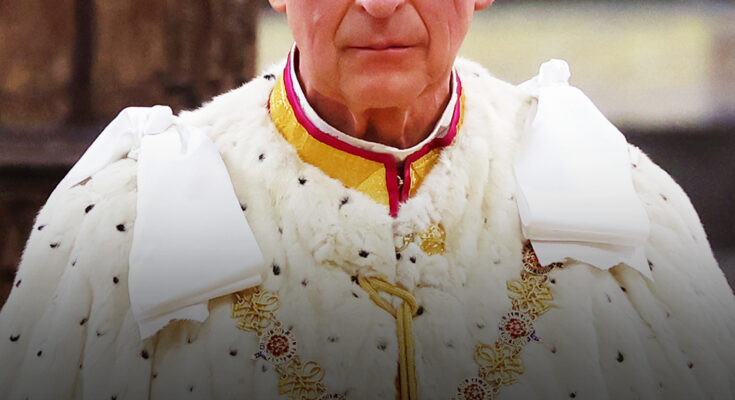The royal family had never been short on tradition, and yet, every now and then, something happened that shifted the very foundation of that tradition. Queen Camilla’s decision to wear Queen Elizabeth’s iconic tiara to a state banquet sent ripples through the royal circles. The tiara, a symbol of the late Queen’s reign, was one of her most treasured pieces. To wear it was more than just a fashion statement—it was a sign of continuity, of grace, and of the monarchy’s enduring strength.
But for many, the sight of Queen Camilla donning that tiara was deeply unsettling. It didn’t sit well with those who still mourned Queen Elizabeth’s passing. Some royal insiders whispered among themselves that it was too soon, too bold, and perhaps even disrespectful. They believed that no one, not even Camilla, should take on such a mantle so quickly. After all, she was now the queen consort, but to them, she was still an outsider in a legacy that had been built over decades by Queen Elizabeth.
“It makes me ill to see her wear this,” one of Queen Elizabeth’s closest confidants was overheard saying. The words quickly spread like wildfire, igniting heated debates within the royal court and beyond.
The media, ever eager for scandal, latched onto the story. Journalists dissected every angle of the event, questioning whether Camilla’s actions were a sign of respect or a desire for attention. Was she honoring Queen Elizabeth’s memory, or was she simply claiming the tiara as her own, one step closer to securing her place in royal history?
For Camilla, the decision to wear the tiara was one rooted in respect for the legacy of her predecessor, but also a quiet assertion of her own role as queen consort. She had spent years navigating the complex dynamics of royal life, enduring public scrutiny and adjusting to her new position. Wearing Queen Elizabeth’s tiara was a way to honor the past while embracing the present.
But in the days that followed, it became clear that the crown was heavy, not just in weight but in symbolism. The tiara that once symbolized a reign of unparalleled grace had now become a flashpoint for controversy.

